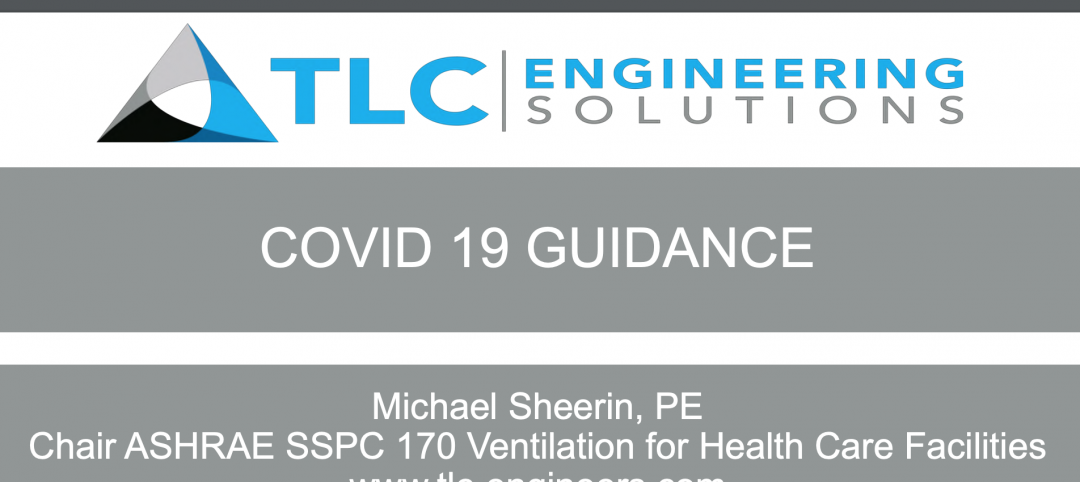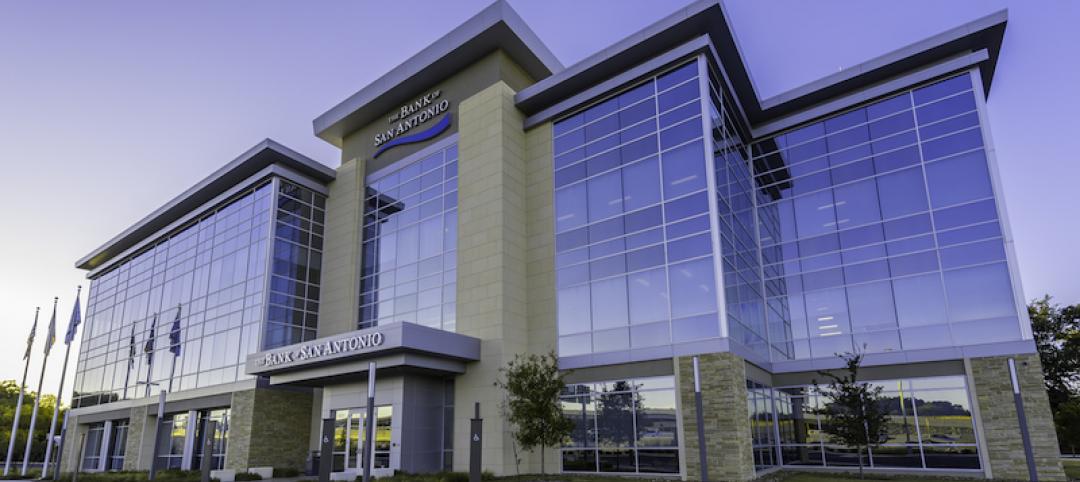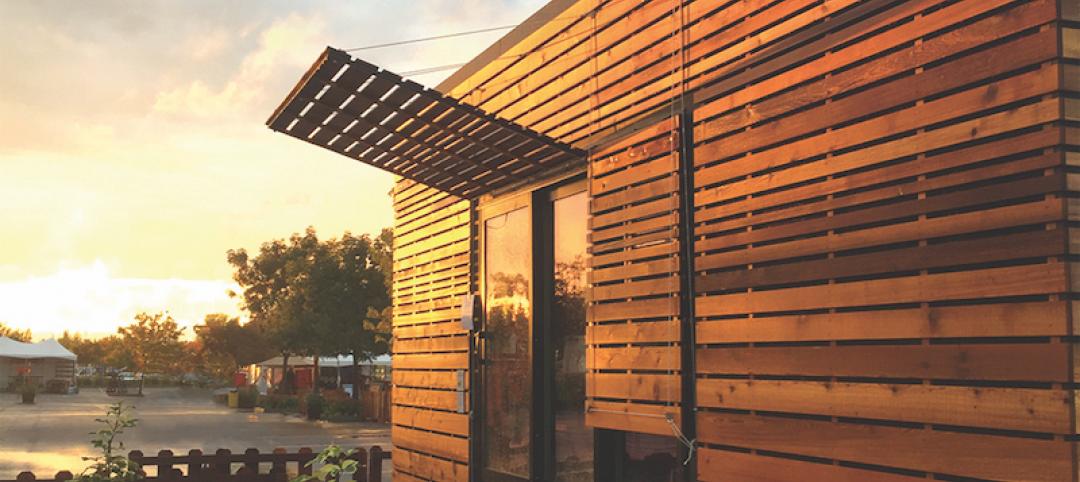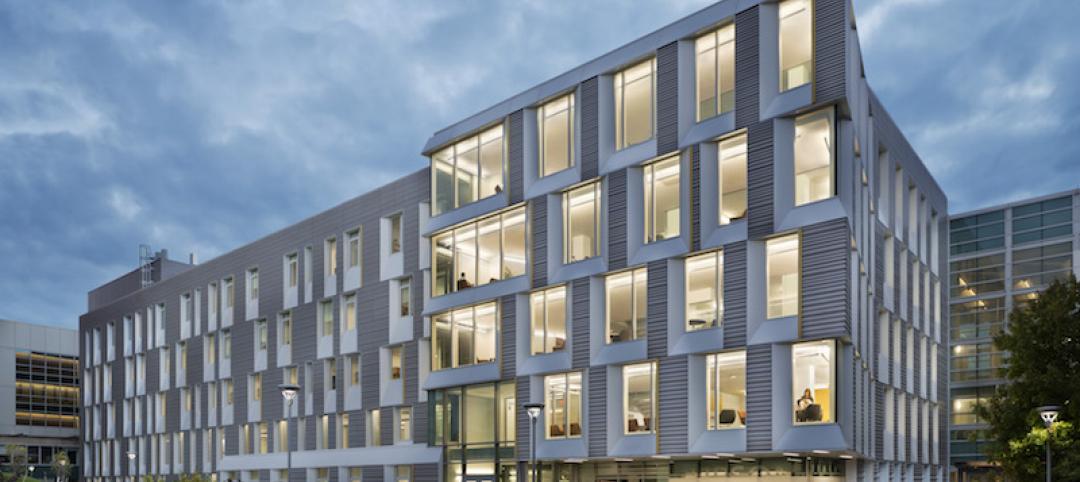Commercial building leases are getting shorter. Compared to long-term leases that were common for decades, the average lease today is three to five years. For property managers and building owners, retaining tenants beyond the five-year mark can make the difference between a highly profitable real estate asset and one that struggles to turn a profit. Recruiting new tenants is a costly venture.
Buildings are a reflection of the owner and tenants, as well as their brand and reputation. Commercial buildings where owners have paid attention to the details will have an easier time recruiting and retaining tenants over longer periods. Tenants increasingly expect a well-crafted property that feels unique, authentic, and comfortable—with technologically advanced systems and spaces that optimize performance and encourage collaboration and engagement. The following guidance will help owners and property managers keep tenants happy.
Tenant Preferences and Demands are Changing
Green building is no longer a buzzword; it is how businesses operate. According to the Northwest Energy Efficiency Alliance (NEEA), reducing energy consumption is a core business strategy that tenants expect from a lease rather than “added value.” Often, the mission statement of companies include a global and local impact clause, so leasing space from a commercial real estate firm that considers energy efficiency and sustainability critical will more likely align with their values.
In a 2019 study of 750 CRE executives across 10 countries, Deloitte found that changing workforce demands, such as flexible locations and workspaces, and technological advancements, such as artificial intelligence (AI) and Internet of Things (IoT) are increasingly important to tenant companies. Of the tenant highlights listed in Deloitte’s report, these expectations rank as number one.
Tenant Experience and Expectations
The second factor highlighted in the Deloitte report is a newer concept: the tenant experience. It was one of the top priorities for building owners.
The idea of understanding someone else’s experience and their expectations can be intangible, but there are a few key universal issues:
• Quality of life through health and wellness. Health and wellness are a necessity for tenants. Through initiatives such as Fitwel and the WELL Building Standard and the increased research and understanding of health, including body and mind, the framework exists to improve the tenant experience and the overall productivity and wellbeing of building occupants.
In particular, corporate design is looking to startups and tech giants to inform them of the latest innovations and to pinpoint what tenants are looking for. With health and wellness being the latest standard in office design for technology companies—especially for those whose work days have expanded beyond 9 to 5—building owners and company executives have embraced finding ways to keep their tenants and employees healthy and happy.
• Quality and aesthetics. Wellness also includes the aesthetic quality of the products used, in both fit and finish, and how they perform. For example, if you have ever been in a dirty, outdated elevator—or in one that jolts and vibrates—the almost-instant response of users is to question whether the elevator will even get them to their destination safely. While the ride may only last a minute, tenants want their employees and visitors to have their minds on the tasks at-hand rather than being sidetracked by elevator concerns.
A study by the University of California, Irvine found that it takes an average of about 23 minutes for an employee to get back to the level of focus they had before an interruption. If outdated systems suggest failure—even if they will not fail—concerns for their safety are considered an interruption that will keep employees and visitors from focusing important tasks. Updating your building systems not only saves energy and improves comfort; it also provides the intangible benefit of employee/tenant peace of mind.
• Reliability. Elevator downtime is often what users remember most, even if a majority of their experiences do not involve faulty machinery. Traditional elevators and escalators have an average of six to 10 downtime instances per year. In comparison, newer products—such as those in the Mitsubishi Electric portfolio—experience only one instance of downtime a year. By investing in reliable and up-to-date systems, tenants and their visitors are less likely to experience downtime, positively influencing their views of the building.
Reliability has a dollar value as well. Tenants say that even an hour of electrical or system downtime can lead to $100,000 in losses. While building owners do not necessarily know when systems will fail, reliable uninterruptible power supply (UPS) systems provide backup power when needed to keep tenants moving forward.
A commercial building is an investment, but even more so today, it is an extension of the building owner and tenants—and their ideals. When owners and property managers understand the importance of caring for their building like an artisan finely tunes their craft, the outcome is happier tenants—and higher rates of recruitment and retention.
For more information, follow the link to BuildBetterTogether.com.
Related Stories
M/E/P Systems | Jan 27, 2022
Top 5 building HVAC system problems and how to fix them
When your HVAC system was new, it was designed to keep the indoor environment comfortable, functional, and safe. Over time, that system can drift out of alignment, leading to wasted resources, excessive energy consumption, and reduced occupant comfort.
Resiliency | Jul 15, 2021
A new report urges federal investment in healthier buildings
The National Institute of Building Sciences also calls for code changes and greater cooperation between building owners and the AEC community.
Coronavirus | Apr 1, 2020
TLC’s Michael Sheerin offers guidance on ventilation in COVID-19 healthcare settings
Ventilation engineering guidance for COVID-19 patient rooms
Sponsored | HVAC | Jan 6, 2020
Four Ways Building Systems Create Long-term Profitability
When accounting for the total cost of ownership and the potential return on investment, owners and developers should consider total energy usage, the lifespan of building systems equipment, the recruitment and retention of occupants, and lease rates.
Sponsored | HVAC | Jan 6, 2020
Maximize Energy Efficiency in Class A Office Buildings With Modern Building Systems
Energy-efficient building design starts with the building envelope, but the building systems have a tremendous impact on energy use as well.
75 Top Building Products | Dec 16, 2019
101 Top Products for 2019
Building Design+Construction readers and editors select their top building products for the past 12 months in the fourth-annual 101 Top Products report.
75 Top Building Products | Dec 16, 2019
Top Building Systems Products for 2019
FabricAir’s ceiling-hung fabric duct and Ellumi Lighting’s bacteria-killing lights are among the 13 new building systems products to make Building Design+Construction's 2019 101 Top Products report.
Sponsored | HVAC | May 4, 2018
How the Bank of San Antonio achieved comfort and efficiency in their new office building
Since project completion, the VRF system has provided precise comfort control for the building’s occupants.
Sponsored | Plumbing | Nov 10, 2017
Big ideas in a small space
Tiny house with Viega products finished second in a tiny house competition in California.
University Buildings | Nov 6, 2017
A reconstructed building sets the standard for future rehabs at Cornell
Early AE collaboration played a major role in moving this project forward efficiently.














